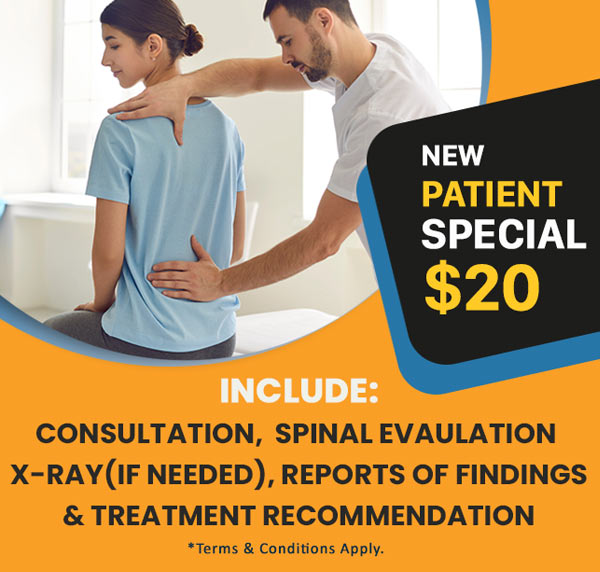Hidden Balance Problems after Auto Injury
Dizziness and vertigo are common symptoms experienced after a whiplash injury, and the root of these problems seems to be in injury to the ligaments and discs of the spine:
“In patients with chronic cervical spine pain, structural injuries such as facet joint pathologies and intervertebral disc lesions have been reported with an incidence of up to 84% and are discussed as being the cause of postural control system distortion. However, it is not precisely known whether these are direct consequences of the accident or result of secondary degenerative changes.” 1
Now a new study1 shows us that most patients with whiplash injury exhibit some kind of balance dysfunction, even if they don’t have symptoms of dizziness.
The goal of this study was to examine the nature of balance after whiplash and to determine if balance regulation improves over time. The authors studied 40 patients with acute whiplash injury and 40 healthy control subjects. All of the study subjects were examined on a posturography platform—a device thatmeasures the body’s ability to maintain balance.
The study found the following:
- There were significant differences in posturography findings between the whiplash patients and the healthy subjects.
- Despite problems with balance found in all of the whiplash patients, only 4 of the 40 patients reported “short sensation of dizziness and balance disturbances.”
- At the two-month follow-up, 17 patients had no change in pain levels, 21 had reduced pain, and 2 patients had worse symptoms.
- At the follow-up, no patients “complained of dizziness or balance disturbances.”
- The balance was substantially improved in the patients with reduced pain, while the patients who still had pain still experienced balance disturbance.
These findings are important and apply to every whiplash patient. According to this study, patients with neck pain from whiplash injuries exhibit balance problems—even if they don’t have any symptoms of dizziness or vertigo. As the authors state, “This would mean that postural disturbances become clinically symptomatic only when several subsystems involved in balance control fail at the same time.”
Since the balance problems appeared immediately after the crash, it seems that the balance issues are directly related to the traumatic event, especially since the healthy control subjects showed no balance problems.
This study and others demonstrate the importance of helping patients regain mobility and range of motion as soon as possible after an auto injury.
- Dehner C, Heym B, Maier D, Sander S, et al. Postural control deficit in acute QTF grade II whiplash injuries. Gait & Posture 2008;28:113-119.
